How an XRF Spectrometer Reveals the Secrets of “The Night Watch“
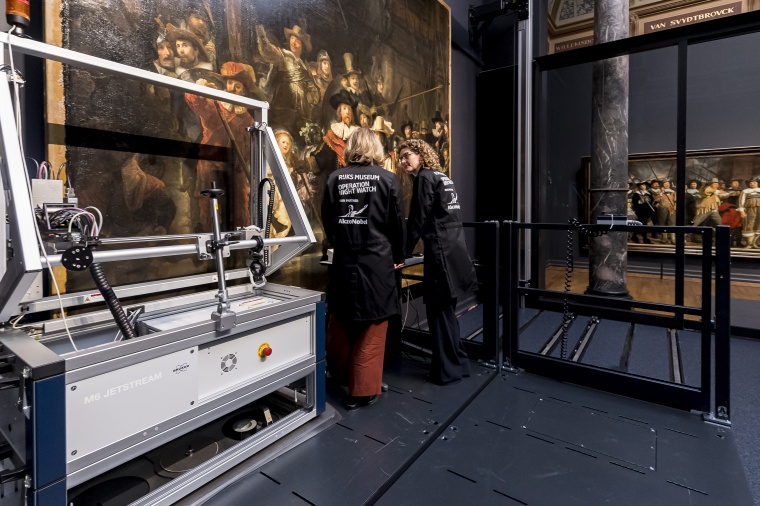
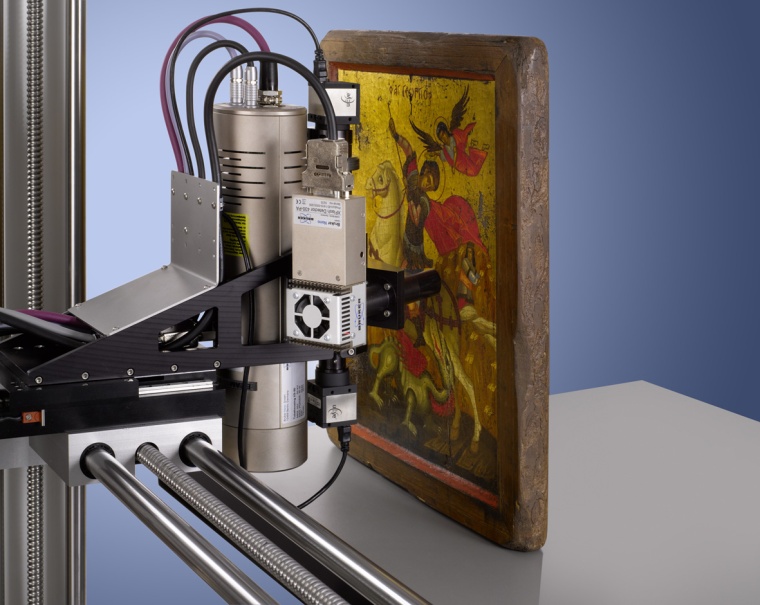
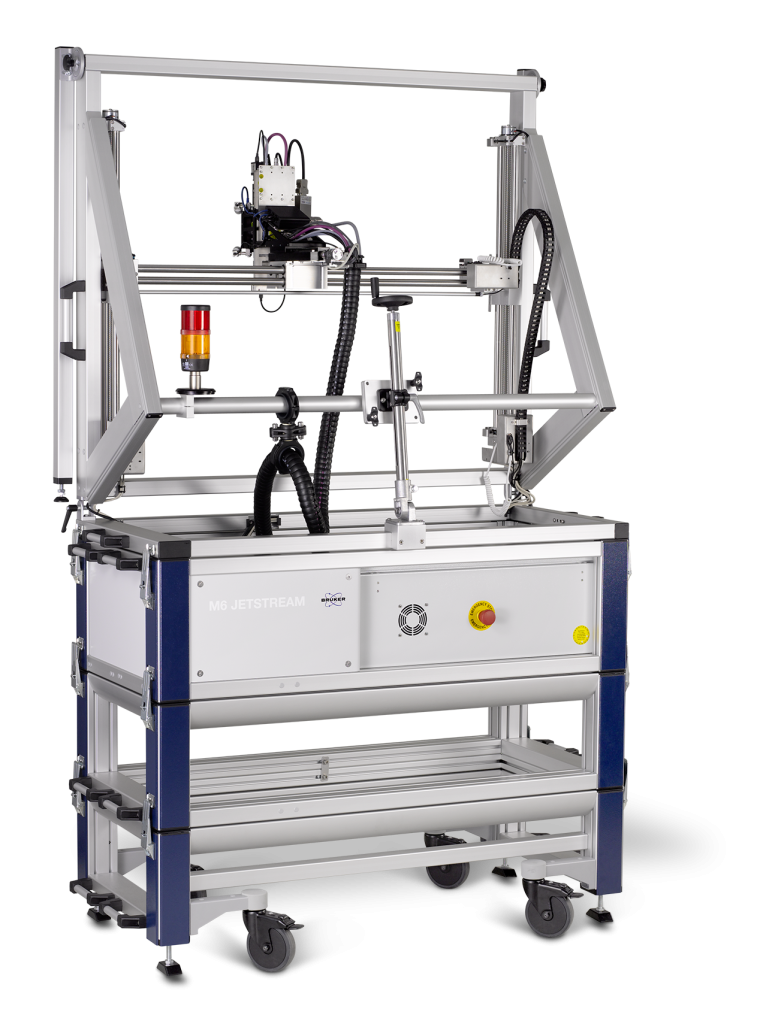
With the aid of as X-ray fluorescence spectrometry, expensive paintings can harmlessly be investigated before restoration. This ensures sophisticated preservation of valuable art objects.
The Rijksmuseum in Amsterdam is carrying out the largest research and restoration project ever. Rembrandt’s “The Night Watch”, one of the world’s most famous works of art, will be publicly restored. The Micro-XRF spectrometer M6 Jetstream is one of the most important instruments in this project used for analysis before restoration. The "Operation Night Watch" can be followed live on the internet.
“The Night Watch“ is a really huge painting of 17 square meters. It is among the most prestigious exhibits of the Amsterdam Rijksmuseum, which has more than 2 million visitors every year. The aim of "Operation Night Watch", which started on July 8, 2019, is to understand Rembrandt's painting process and to apply the findings to the subsequent 26th restoration, a long-term preservation of this 17th century painting. The last restoration took place in 1975. The current restoration is preceded by the most comprehensive examination ever of this painting. The research team makes use of advanced imaging techniques, such as X-ray fluorescence spectrometry, to accurately investigate the painting. An entire year has been budgeted for this project.
Examining Color Alteration
Most paintings darken over time raising the question for the conservation and restoration of valuable historical paintings whether the dark colors are caused by contaminations or if they are due to changes in pigment chemistry. Colors alter, like all materials, so that the original appearance of a painting may not only have been brighter, but the colors may also have been even quite different.
X-ray fluorescence analysis (XRF) is a well-suited technique for the examination of paintings. It is based on the detection of the fluorescence induced after irradiation of a sample with X-rays. This fluorescence radiation is element-specific, therefore allowing to identify and quantify the chemical elements present in a sample. XRF is widely applied in the field of Art & Conservation, because it does not require sample preparation and does not harm the valuable objects.
The Micro-XRF instrument used for the chemical analysis of Rembrandt’s masterpiece “The Night Watch” is Bruker’s M6 Jetstream. This spectrometer allows large-format objects to be examined quickly and non-destructively. It was designed and developed in collaboration with the Technical University Delft (The Netherlands) specifically for the on-site analysis of paintings. If a painting can be inspected directly at the exhibition place, the transport is eliminated and therefore, also the associated safety and destruction risks and costs are minimized. Another advantage is the small spot size of the X-ray beam. It can be adapted in five steps without significant loss of excitation intensity to match the structure of the painting’s surface and the desired spatial resolution.
Unique Components
The M6 Jetstream integrates a unique measure head positioning kinematic, special hardware components such as a polycapillary lens for focusing X-rays onto a small spot, high-performance detectors, and a comprehensive data mining software resulting in a dedicated instrument for the research field of art and conservation. The high excitation intensity and detection efficiency in combination with the maximum stage speed of 100 millimeters per second enable short measurement times. Translated into real world conditions, this means that, depending on object size and required spatial resolution, high quality measurements can be performed within a short time.
During "Operation Night Watch", the spectrometer is mounted on a mobile working platform directly in front of the unframed painting to scan the entire canvas. The transparent walls around it create a glass laboratory right in the middle of the Rijksmuseum. The painting does not have to be removed and is still available to the public during analysis. Not only the visitors on site, but practically the whole world can watch the painting being scanned millimeter by millimeter with an X-ray beam. A total of 56 scans of the entire canvas reveal the chemical elements that Rembrandt used in his colors 377 years ago. Due to the enormous dimensions of the painting, each scan takes 24 hours.
For each element, two-dimensional element distribution maps are created. They reveal the compositional variations in this complex art object and allow to understand Rembrandt’s painting process. Depending on its energy, the X-ray beam penetrates into different depths of the painting’s surface. This allows to examine different layers of paint and even detect corrections made by Rembrandt. It is already known today that Rembrandt lengthened lances or changed the positioning of figures in the picture.
Easier Data Evaluation
The visualization of the element composition and distribution facilitates the multidisciplinary data evaluation. Working together, art historians, conservation specialists and material scientists with their different perspectives can figure out what type of pigments were used, how they might have degraded, and which changes were made during or after the painting was created. This helps answering even the question if an object is an original or a fake.
In the past, Micro-XRF measurements already allowed to unravel hidden or lost paintings. Many other challenging scientific questions are currently addressed with the M6 Jetstream in museums and research institutes around the world: from the Palace Museum in the Forbidden City in Beijing to the National Gallery in London, from the Metropolitan in New York to the Vatican in Rome.
All applied research methods are the basis for a successful restoration in order to preserve old and world-famous art treasures, such as “The Night Watch”, so that they shine forth in new splendor and continue to delight museum visitors for a long time to come.
Company
Bruker Optik GmbHRudolf-Plank-Str. 27
76275 Ettlingen
Germany
most read
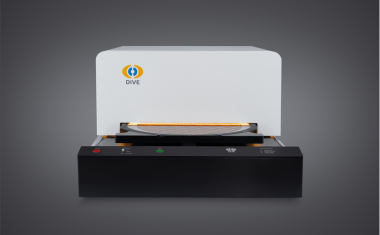
Hyperspectral Imaging for Surface and Layer Analysis
Optical Wafer Inspection
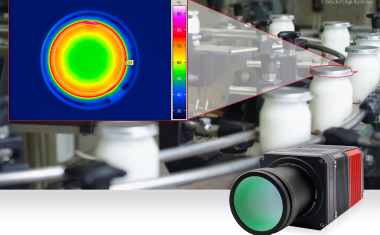
MWIR system camera for continuous industrial operation
Entry into infrared imaging

There’s a Large Hippo Resting in the Mud
Virtual Video Safaris for Blind and Visually Impaired People
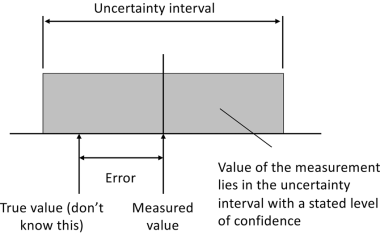
Measurement uncertainty in manufacturing: Understanding the basics
Why precise measurement results alone are not enough
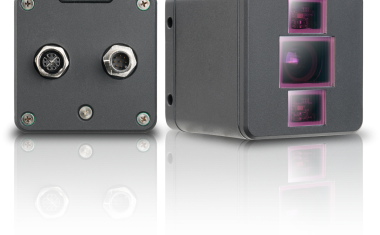
Time of Flight Method Ensures Depth Perception
Shape Recognition, Object Positioning, and Distance Measurements in Logistics






